
Dutch oven bison Bolognese recipe is one of our favorite meals to cook outdoors. Bison is leaner than beef but still has a robust flavor that makes this Bolognese special. We love using our Dutch oven for this recipe because it cooks everything evenly and locks in the flavors.
Cooking the Dutch oven bison Bolognese recipe outside is a real treat for me. The Dutch oven is easy to use, and it’s perfect for this type of slow-cooked meal. The smell of the Bolognese cooking over the fire is incredible. It makes us even more eager to dig in when it’s ready.
This Dutch oven bison Bolognese recipe is perfect for outdoor cooking because it combines the rustic charm of cooking over a fire with the comfort of a classic Italian dish. The bison adds a unique twist to the traditional Bolognese, making it more healthy. The sauce gets richer the longer it cooks, making every bite delicious.
We often add some vegetables to our Bolognese, depending on what’s in season. This not only makes the dish more nutritious but also adds extra flavor and texture. The Dutch oven bison Bolognese recipe is flexible enough to allow for these additions, making it a go-to meal for us.
Sharing this meal with my husband is always a pleasure. Cooking together and enjoying the meal by the campfire is one of our favorite activities. The Dutch oven bison Bolognese recipe has become a staple in our outdoor cooking. It’s easy to prepare and always delicious.
The Dutch oven bison Bolognese recipe is a fantastic option for anyone who loves cooking outdoors. It’s hearty, flavorful, and straightforward to make. If you’re looking for a meal that combines the best of outdoor cooking with rich, comforting flavors, this recipe is a must-try. You’ll love how the Dutch oven brings out the best in the bison and makes the Bolognese taste amazing.
Cooking Instructions For the Dutch Oven Bison Bolognese Recipe
- The first step of making the Dutch oven bison Bolognese recipe is to start your fire or charcoals. You will using them for the Dutch oven bison Bolognese recipe, so you will want to make sure you have plenty on hand.
- If using embers, get a large fire going using (preferably) hardwood and let it slowly burn down. This process from start to finish can take upwards of an hour.
- If using charcoals, fill a large chimney starter and light. This process will take approximately 20 minutes to get all the coals hot and ready. You will likely want to have some charcoals available in reserve.
- Add flat fire grate to the fire or you can use a tripod to hang the Dutch oven.
- Put the Dutch oven on the fire grate. Combine the olive oil and ground bison. Cook, breaking up the meat into small pieces with a wooden spoon, until gently browned, approximately 8 minutes.
- Stir in the carrot, red onion, and garlic until well combined. Season with 1 teaspoon salt and simmer for 3 minutes, or until the veggies are tender and aromatic. Deglaze with white wine, scraping off any brown pieces from the bottom of the pan with a wooden spoon.
- Simmer for 5 minutes, or until nearly totally reduced. Combine the hand-crushed tomatoes, Parmesan rind, and basil. Season with the remaining salt. Reduce the heat to medium and let the sauce simmer for 25 minutes, stirring periodically.
- Meanwhile, bring a big pot of water to a boil over high heat. Season liberally with salt. Add the pasta to the water and cook for 2 minutes shorter than the directions, or around 6 minutes. Using tongs, transfer the pasta straight from the pasta water into the sauce.
- Add the Parmigiano-Reggiano cheese and butter immediately to the naked spaghetti. Toss the pasta in the sauce to coat, thinning as required with pasta water to ensure it adheres to the pasta.
- If preferred, serve with more olive oil and Parmigiano-Reggiano cheese.
Ingredients
olive oil
ground bison
carrot
onion
garlic
kosher salt
white wine
tomatoes
Parmesan cheese
basil
pappardelle pasta
cheese
butter
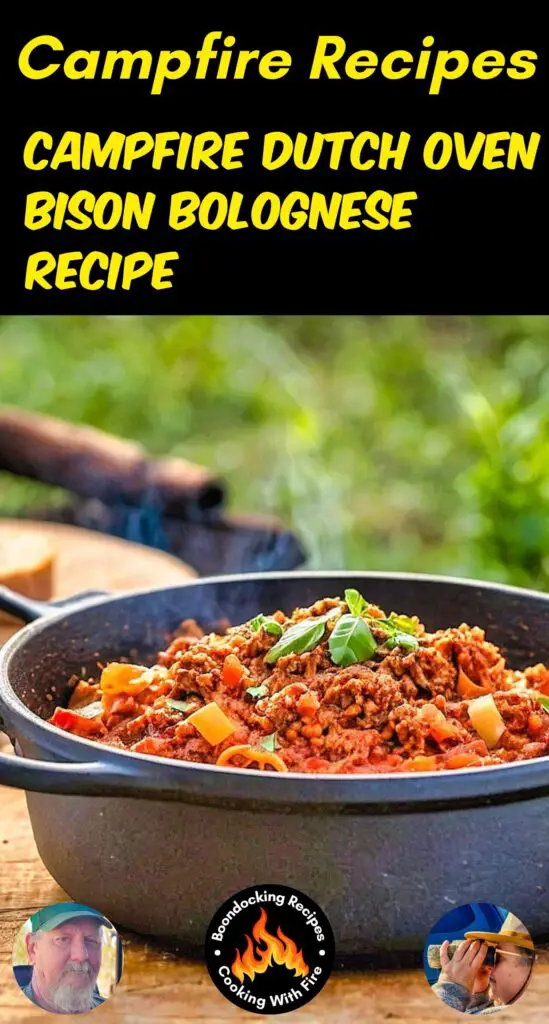
5 Reasons I Love the Dutch Oven Bison Bolognese Recipe
1. It is delicious
If you like meat, you will like Bison. People describe Bison meat as tasting comparable to beef but richer and somewhat sweeter. However, because bison is so thin, it is crucial not to overcook it. Bison should not be cooked beyond medium. Of course, if you use ground Bison, this isn’t an issue.
Some people are afraid that Bison will have a gamey flavor comparable to venison; however, I have never found this to be the case. Bison, in my opinion, tastes better than any meat I’ve ever tasted. Bison meat is denser, richer in flavor, and more satisfying than beef, in my opinion.
2. Lean Protein
Food guidelines advocate bison as a lean protein alongside skinless chicken breast and other wild game meats, and for good reason. 100g of lean bison contains just 2.42g of fat, compared to 8.09g in lean beef and 9.66g in lean pig. The same 100g of bison contains just 82mg of cholesterol, compared to 86mg in the same quantity of lean beef, pig, and chicken. If you want to keep things lean and clean, Bison is an excellent choice. Figures sourced from the Canadian Bison Association website.
3. Lot’s of the Good Stuff Inside
In addition to being lean as well as low in cholesterol, bison is high in iron (3.42mg per 100g lean meat compared to 2.99mg in beef, 1.1mg in pork, 0.6mg in chicken, and.34mg in salmon), vitamin B12, B6, Niacin, and Zinc. Bison’s high iron content makes it an ideal choice for both men and women who suffer from anemia. In 2018, Thehealthy.com (part of Reader’s Digest) identified bison as one of the 13 Superfoods Every Healthy Woman Needs in Her Diet because women are more susceptible to anemia, and bison delivers a high iron, low-fat choice to help address this issue.
Bison are raised without growth stimulants or hormones and are not regularly fed antibiotics.
4. It’s Sustainable
Bison are raised sustainably, contributing to the land’s development and biodiversity rather than depleting it. Because practically all of a bison’s nutritional demands can be supplied by *feeding on native perennial plants that grow natively in Canada, there is no need to overfertilize the soil. These grassland ecosystems would often be exploited for monoculture cultivation, such as grain or soybeans. Some monoculture farms have even been turned into more biodiverse bison grazing areas.
Raising a bison cow and her young requires between four and sixteen hectares of grazing space. However, bison live on, consume, and fertilize these enormous grasslands. Compare this to other commercial farming approaches that confine animals to limited quarters and raise their feed on monoculture farms. To be sustainable, these monoculture agricultural processes require a lot of acreage and artificial fertilizers. Of course, the feed must be moved from the farm to the animals.
5. You Already Know What To Do With It
One might be telling yourself, “This seems wonderful, but what do I do with it?” That is an excellent question. But here’s the thing: You are already aware of what to do with it. Let me ask you something: Have you ever cooked beef? If you said yes, you have your answer. You may make the same dishes you’ve always used; just substitute Bison for the protein. It is that easy.
Bison, The Meat of The Future.
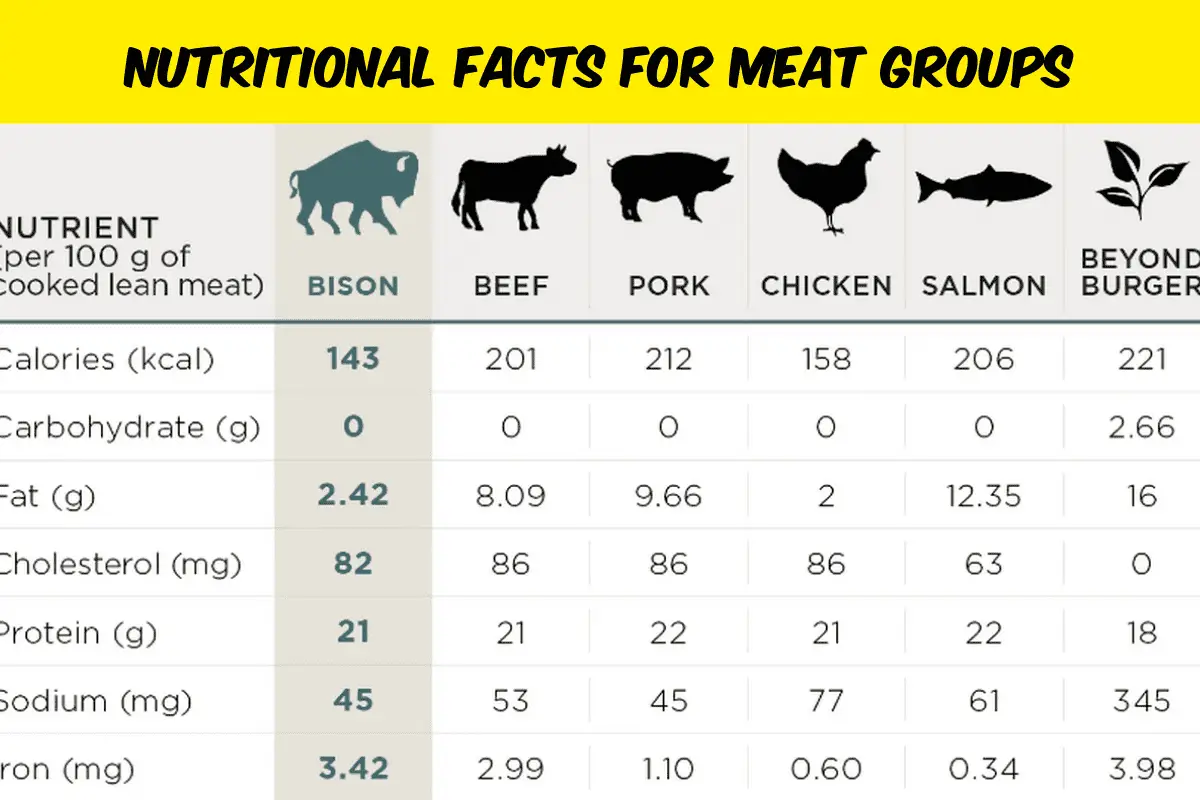
Nutritional Facts for Meat Groups
I’ve been cooking with bison for more than a decade, at private dinners, and at home, and I’ve always liked it. An observation that has impressed me over the years is that bison ought to be more widely recognized than it is, and I believe it is about to be. I believe that as consumers seek for more sustainable meals and leaner meats, bison will gain appeal. There is a growing trend, and for good cause, of eating higher quality meat in lesser quantities. Bison, with its high caloric density and unquestionable quality, is the ideal protein for this future dietary standard.
If you’ve ever spotted Bison at the grocery store, thought about it, but then passed it up because you didn’t know what to do with it or how it would taste, I hope this has given you a reason to reconsider. I hope you try it because I am convinced that you will be pleased with the results.
Grass-fed, regenerative bison meat is superior in flavor, protein content, and nutritional density. Bison is a lean, soft, naturally tasty meat with a deeper taste profile and darker color than beef. Bison meat, unlike that of other exotic species, lacks a “gamey” or wild flavor and is typically thought to be sweeter. Bison meat is interchangeable in almost any red meat dish.
Bison steaks cook around 1/3 faster than beef steaks due to their thinner nature. Bison steaks are best cooked medium-rare (135°F)/medium (145°F) to keep the meat’s moisture and taste – this means taking the meat off the fire when it is approximately 5 to 10 degrees below your ideal temperature to account for the rise in temperature while it rests.
Bison Cooking Guidelines
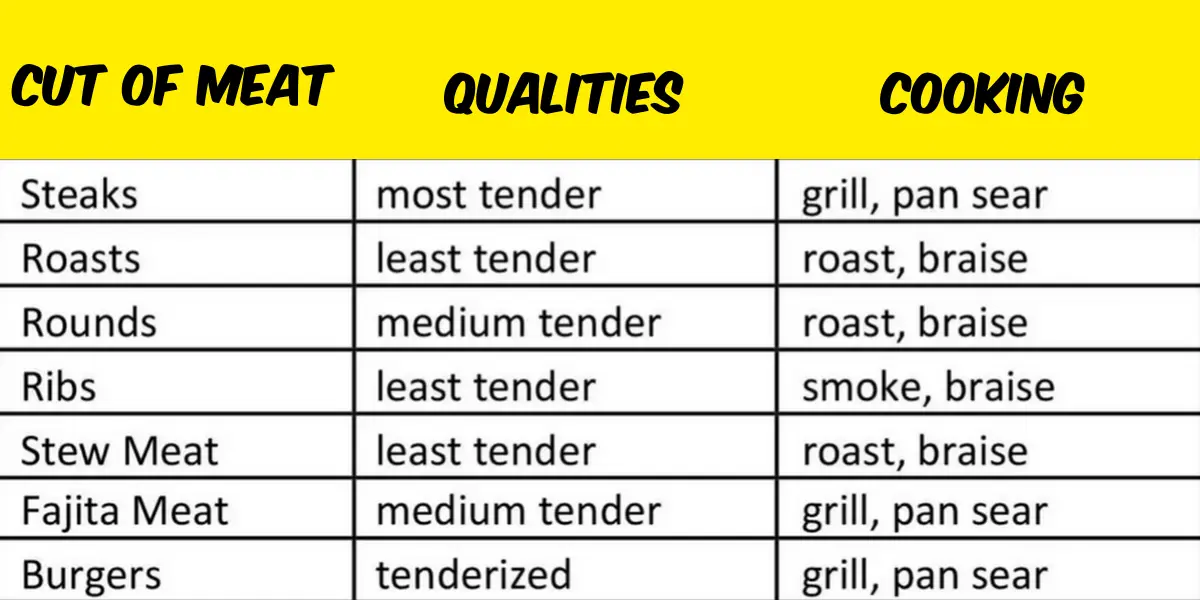
Chart Showing Various Cuts of Bison
Steaks (Grill, Broil, or Pan-Broil)
Use steak ¾ to 1 inch thick
Place in lightly oiled skillet and use medium heat on stove top
Place bison on BBQ or 6 inches from the heat source in broiler
Cook 4 – 5 minutes per side
To increase tenderness, marinate sirloin tip and inside round steaks for 8- 24 hours
Roasts (Sirloin Tip, Inside Round)
Sear roast in oven at 500°F (260°C) or on stove in a hot pan
Season roast, add ¼ cup (50 mL) of liquid (water or red wine)
Roast at 325°F (165°C) in covered pan or place in slow cooker
Cook roast to medium rare 145°F (63°C)
Roasts (Rib, Loin and Tenderloin)
Use uncovered pan with rack
Season as desired to taste
Cook at 275°F (135°C)
Do not cook past medium 155°F (68°C)
Burger
Cook ground meats to 160°F (70°C) internal temperature
Make sure all patties sit flat on grill for entire cooking time.
Cooking equipment should maintain temperature of 375°F (190°C) even when loading continuously with frozen patties
Ground bison should always be cooked until no pink remains
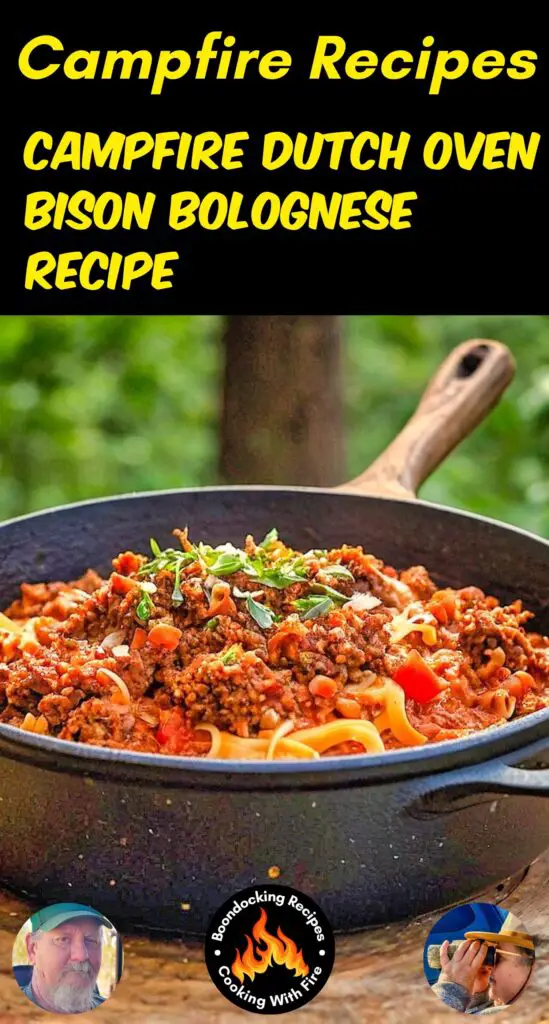
Natural versus Organic—Bison Meat is Meat Raised Naturally
The term ‘natural’ does not mean the same as certified organic. Under Canadian labelling guidelines, a ‘natural’ or ‘naturally raised’ label claim is allowed only if animals were raised with minimal human intervention, such as bison. While we can’t claim our bison meat as certified organic, we can say that our products are about as natural and unprocessed as you can get.
Bison Meat Benefits
Bison meat is one healthy protein, but don’t just take our word for it. The U.S. and Canada’s food guides recommends bison meat as a ‘heart healthy lean protein’ for anyone, and many nutritional experts tout bison as ‘a step above beef when it comes to sustainability, heart health and even taste.’ Nutrient-dense bison meat is healthy because it’s:
Bison is lean meat with a similar texture, flavor, and appearance to beef, but its impressive nutrient profile uniquely supports an active lifestyle. With no carbs, only 2.1g of fat, and a whopping 24 grams of high-quality protein per serving, the health benefits of bison meat are extensive.
Promotes Muscle Recovery
The main appeal of bison is its high quality protein content. . Protein is essential for helping your muscles recover from a tough workout. With the high-quality protein that bison contains, your body can use it for muscle synthesis and utilize the naturally-occurring vitamins and minerals to support overall health.
Supports Bone Strength
Protein has been shown to have a positive association with bone strength, especially within the senior demographic. With bison possessing a very pure and high-quality source of protein, regularly consuming this lean meat can help improve muscle mass and bone strength, keeping individuals—particularly seniors—active and independent.
Great Source of Zinc
Just a 4-ounce bison patty can provide over 3 milligrams of zinc—an essential mineral for your immune system, metabolism, and healing wounds. Zinc from meat sources, such as bison, is more bioavailable than from vegetarian sources, which means that bison provides a form of zinc that’s easy for your body to absorb and utilize in the body.
Preventative Against Anemia
Anemia is associated with low intake or poor absorption of vitamin B12. Since bison is a good source of iron and vitamin B12, consuming it can help you avoid becoming anemic and experiencing symptoms of anemia such as fatigue, dizziness, paleness, and a rapid heart rate.
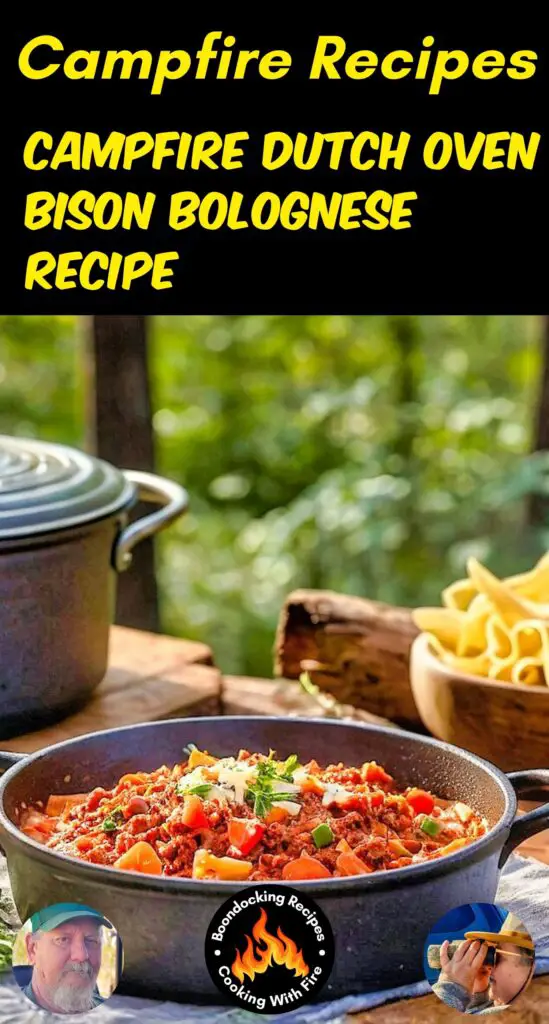
FAQ For the Dutch Oven Bison Bolognese Recipe
Q: What ingredients are needed for the Dutch oven bison Bolognese recipe?
A: To make the Dutch oven bison Bolognese recipe, you’ll need ground bison, onions, carrots, celery, garlic, canned tomatoes, tomato paste, beef or chicken broth, red wine (optional), olive oil, salt, pepper, Italian seasoning, and fresh basil or parsley for garnish. You can also add a splash of milk or cream for added richness.
Q: How do you cook the Dutch oven bison Bolognese recipe?
A: To cook the Dutch oven bison Bolognese recipe, start by heating olive oil in a Dutch oven over medium heat. Add finely chopped onions, carrots, and celery, cooking until they soften. Add minced garlic and cook for another minute. Incorporate the ground bison, breaking it up and cooking until browned. Stir in tomato paste and cook for a couple of minutes. Add canned tomatoes, broth, and red wine (if using). Season with salt, pepper, and Italian seasoning. Simmer the mixture on low heat for at least an hour, stirring occasionally. Add a splash of milk or cream towards the end of cooking for added richness.
Q: Can I use a different type of meat in the Dutch oven bison Bolognese recipe?
A: Yes, you can use different types of meat in the Dutch oven bison Bolognese recipe. Ground beef, pork, or a mixture of these meats can be substituted for bison. The cooking method remains the same, although cooking times may vary slightly depending on the meat used.
Q: Can the Dutch oven bison Bolognese recipe be made ahead of time?
A: Yes, the Dutch oven bison Bolognese recipe can be made ahead of time. Cook the Bolognese as directed, then let it cool and store it in an airtight container in the refrigerator for up to 4 days. The flavors often improve after a day or two. You can also freeze the Bolognese sauce for up to 3 months. Reheat on the stove over low heat until warmed through before serving.
Q: What can I serve with the Dutch oven bison Bolognese recipe?
A: The Dutch oven bison Bolognese recipe pairs well with various pasta types such as spaghetti, tagliatelle, or pappardelle. You can also serve it over zucchini noodles or spaghetti squash for a lower-carb option. Accompany the dish with a side of garlic bread or a simple green salad. Freshly grated Parmesan cheese and a sprinkle of fresh herbs like basil or parsley make excellent garnishes.
Other Bison Recipes to Try
Dutch Oven Bacon Wrapped Bison Meatloaf Recipe
Cast Iron Skillet Ground Bison and Quinoa Bowl Recipe
Cast Iron Skillet Ground Bison Vegetable Stew Recipe
Easy Dutch Oven Blueberry Bison Chili Recipe
Cast Iron Skillet Bison Tater Tot Casserole
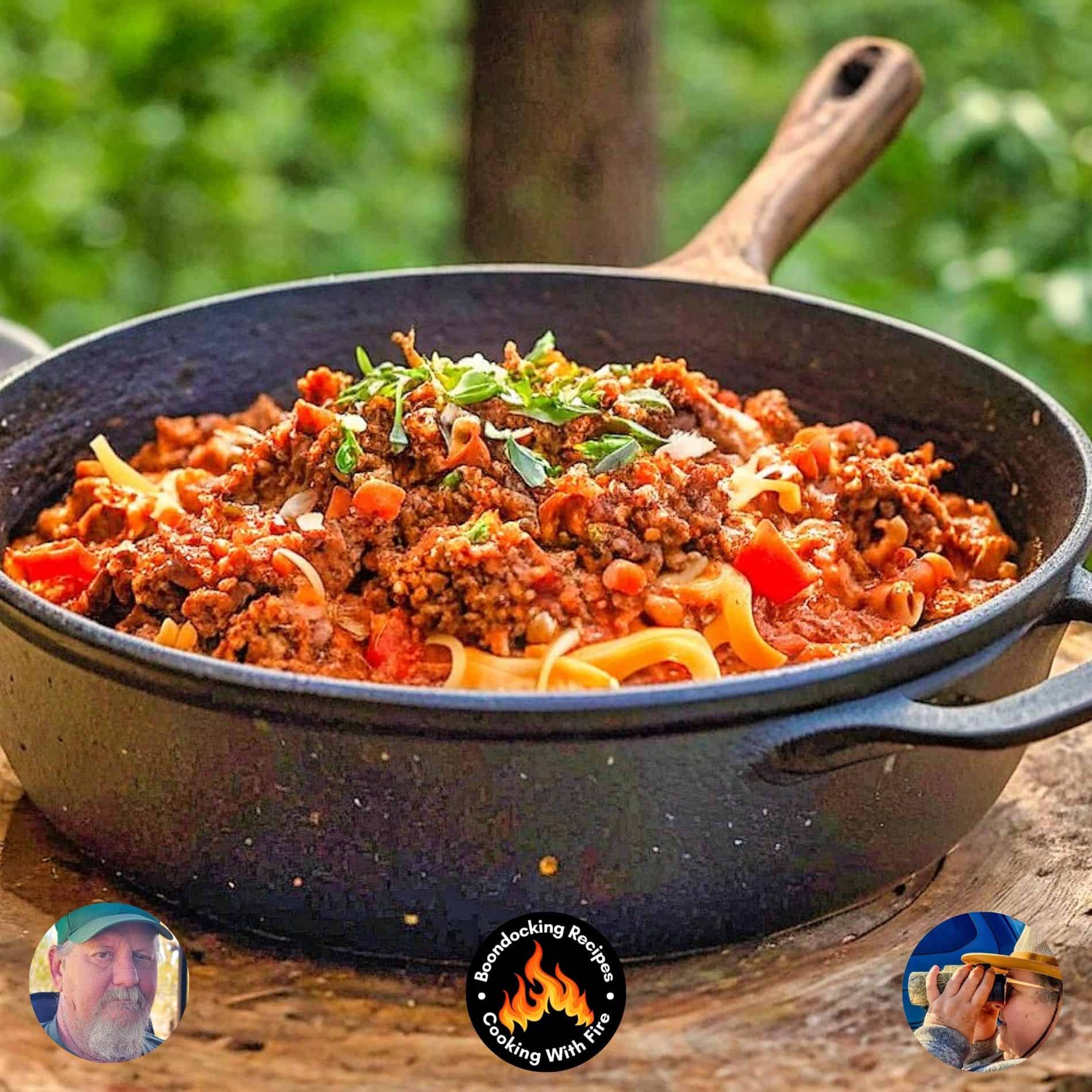
Easy Dutch Oven Bison Bolognese Recipe
Ingredients
- 3 tbsp olive oil plus more to finish
- 1 lb bison ground
- 1 carrot medium finely chopped
- 1/2 red onion chopped
- 2 cloves garlic smashed and peeled
- 1 teaspoon kosher salt plus more for the pasta water
- 1 cup white wine
- 28 oz tomatoes can whole san Marzano crushed by hand
- 2 cups Parmesan cheese
- 2 stems basil
- 1 lb pappardelle pasta
- 1 cup cheese freshly grated Parmigiano-Reggiano
- 2 tbsp butter unsalted
Equipment
- Kitchen Twine
- mixing bowl
- Cast Iron Skillet
- Grill Grate
- knives
- Campfire Cooking Utensils
- Campfire Serving Utensils
- Campfire Fork Or Tongs
- fire proof cooking gloves
- Cast Iron Dutch Oven
- Foil Paper Non Stick
Instructions
- The first step of making the Dutch oven bison Bolognese recipe is to start your fire or charcoals. You will using them for the Dutch oven bison Bolognese recipe, so you will want to make sure you have plenty on hand.
- If using embers, get a large fire going using (preferably) hardwood and let it slowly burn down. This process from start to finish can take upwards of an hour.
- If using charcoals, fill a large chimney starter and light. This process will take approximately 20 minutes to get all the coals hot and ready. You will likely want to have some charcoals available in reserve.
- Add flat fire grate to the fire or you can use a tripod to hang the Dutch oven.
- Put the Dutch oven on the fire grate. Combine the olive oil and ground bison. Cook, breaking up the meat into small pieces with a wooden spoon, until gently browned, approximately 8 minutes.
- Stir in the carrot, red onion, and garlic until well combined. Season with 1 teaspoon salt and simmer for 3 minutes, or until the veggies are tender and aromatic. Deglaze with white wine, scraping off any brown pieces from the bottom of the pan with a wooden spoon.
- Simmer for 5 minutes, or until nearly totally reduced. Combine the hand-crushed tomatoes, Parmesan rind, and basil. Season with the remaining salt. Reduce the heat to medium and let the sauce simmer for 25 minutes, stirring periodically.
- Meanwhile, bring a big pot of water to a boil over high heat. Season liberally with salt. Add the pasta to the water and cook for 2 minutes shorter than the directions, or around 6 minutes. Using tongs, transfer the pasta straight from the pasta water into the sauce.
- Add the Parmigiano-Reggiano cheese and butter immediately to the naked spaghetti. Toss the pasta in the sauce to coat, thinning as required with pasta water to ensure it adheres to the pasta.
- If preferred, serve with more olive oil and Parmigiano-Reggiano cheese.


1 comment
Little bit of Italian in the woods was really nice recipe
Comments are closed.